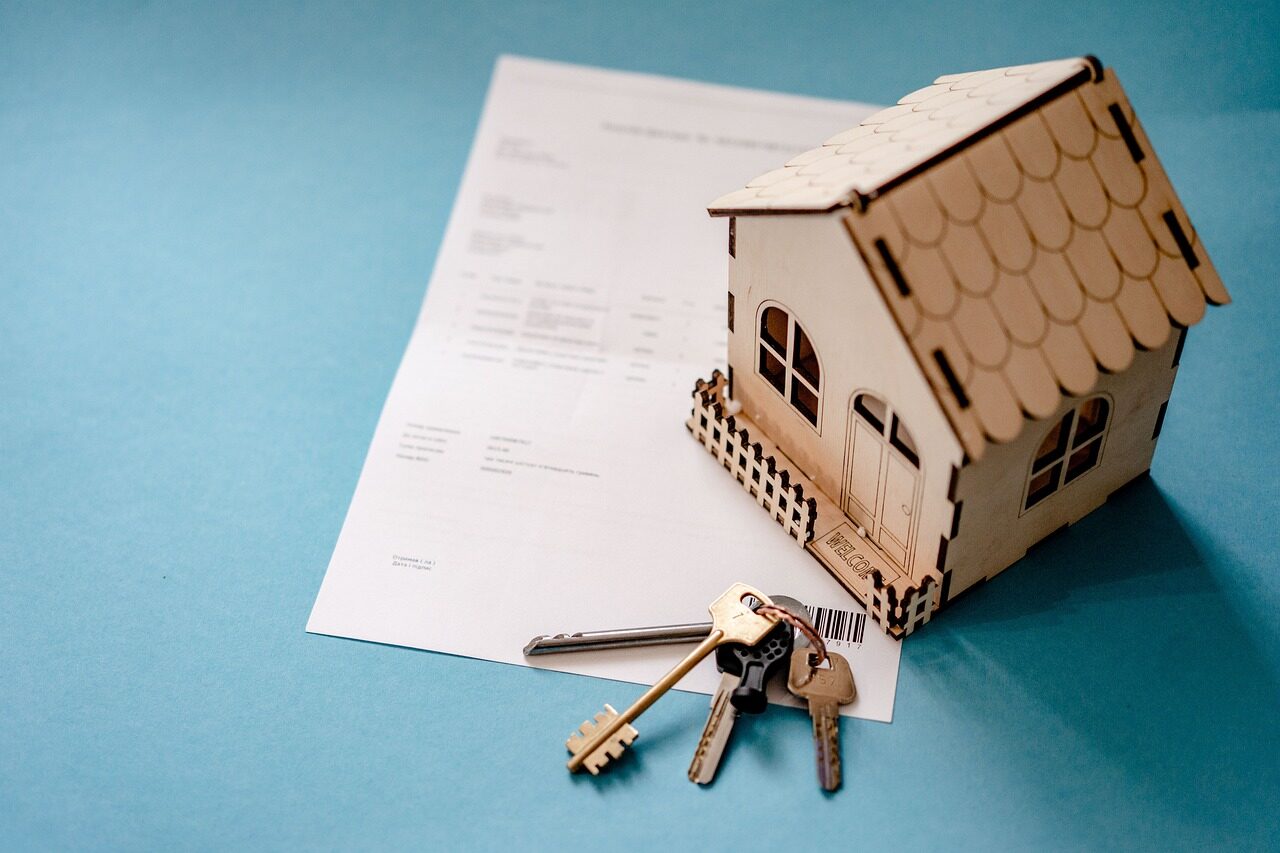Advocacy organisations are calling for major changes from government to ease rental affordability across the state, including in the New England North West NSW.
A new report by Anglicare found people on income support in the region were among the hardest hit in the private rental market.
Data analysis showed that of 371 private rentals advertised for rent in the New England North West, no rentals were affordable for a person on the JobSeeker payment. This included sharehouses.
Families out of work were also facing a dire situation. An out-of-work couple with two children can afford just one per cent of all rentals available.
Single parents out of work face equally tough odds, with affordability also at one per cent in the region.
“This helps explain why the rate of JobSeeker is such a critical factor in child poverty – one in six children now lives in poverty, with those growing up in households that depend on JobSeeker at much greater risk,” the report said.
Furthermore, a person on Youth Allowance looking for a sharehouse can afford zero per cent of rentals in the New England North West NSW region.
“Youth Allowance is the lowest of all government payments, and year after year, we find young people are at the bottom of the affordability ladder,” the report said.
Anglicare highlighted that people with disabilities face unique challenges and some will find that the rentals don’t meet their needs. But for many, the Disability Support Pension is too low to allow them to rent a home that does.
The recent data showed a person on the Disability Support Pension could afford just two per cent of rentals in the New England North West.
The most generous of government payments is the Age Pension. Yet for a couple living on the Age Pension, only nine per cent of rentals were affordable. Single retirees have it even worse, with five per cent of listings left to compete for.
“Working people are hardly better off. A single person working full-time on the minimum wage will find that only seven per cent of rentals are affordable,” the report stated.
“Of all of the households featured in this Snapshot, families with two parents in full-time work stand the best chance of finding an affordable home. Even they will find they are locked out of 57 percent of rentals we surveyed.
“Of course, this Snapshot doesn’t tell the whole story. Although we look at the full-time minimum wage, we know that more and more people are working casually. Their plight is likely to be much worse than this Snapshot shows.
“Nor can the Snapshot consider the competition for each of these properties. In an overheated market, an affordable property can attract dozens of applications.
“All of this is a wake-up call. What this Snapshot shows is that finding an affordable home in the private rental market is complete fiction for people on low incomes.”
In addition to housing stress, new data by NSW street count showed the number of people sleeping rough was also increasing.
The 2025 NSW street count reported that 2192 people were counted sleeping rough across the statewide – an eight per cent increase compared to 2024.
Street counts took place between February 4 and February 26 in more than 415 towns and suburbs in 77 local government areas across NSW.
The Australian Council of Social Service recently called on the re-elected Labor government to raise the rate of income support so people are not “trapped in poverty”.
The council also called for tax reform to raise public revenue which would enable the building of more social and affordable housing and delivery of further energy upgrades to low–income homes to provide permanent power bill relief.
The Gunnedah Shire Local Housing Strategy – which was adopted by Gunnedah Shire Council in June 2023 and updated in May 2024 to align with the New England North West Regional Plan 2041 – identified the need to provide more affordable and low-cost housing in the shire.
Specific actions include consideration of incentives such as encouraging secondary dwellings as an alternative affordable housing option in all residential zones and investigating public land for conversion to housing in partnership with housing providers.
Gunnedah’s local housing strategy also indentifed opportunities for an additional projected 580 dwellings over the next 20 years to 2041.
To order photos from this page click here



